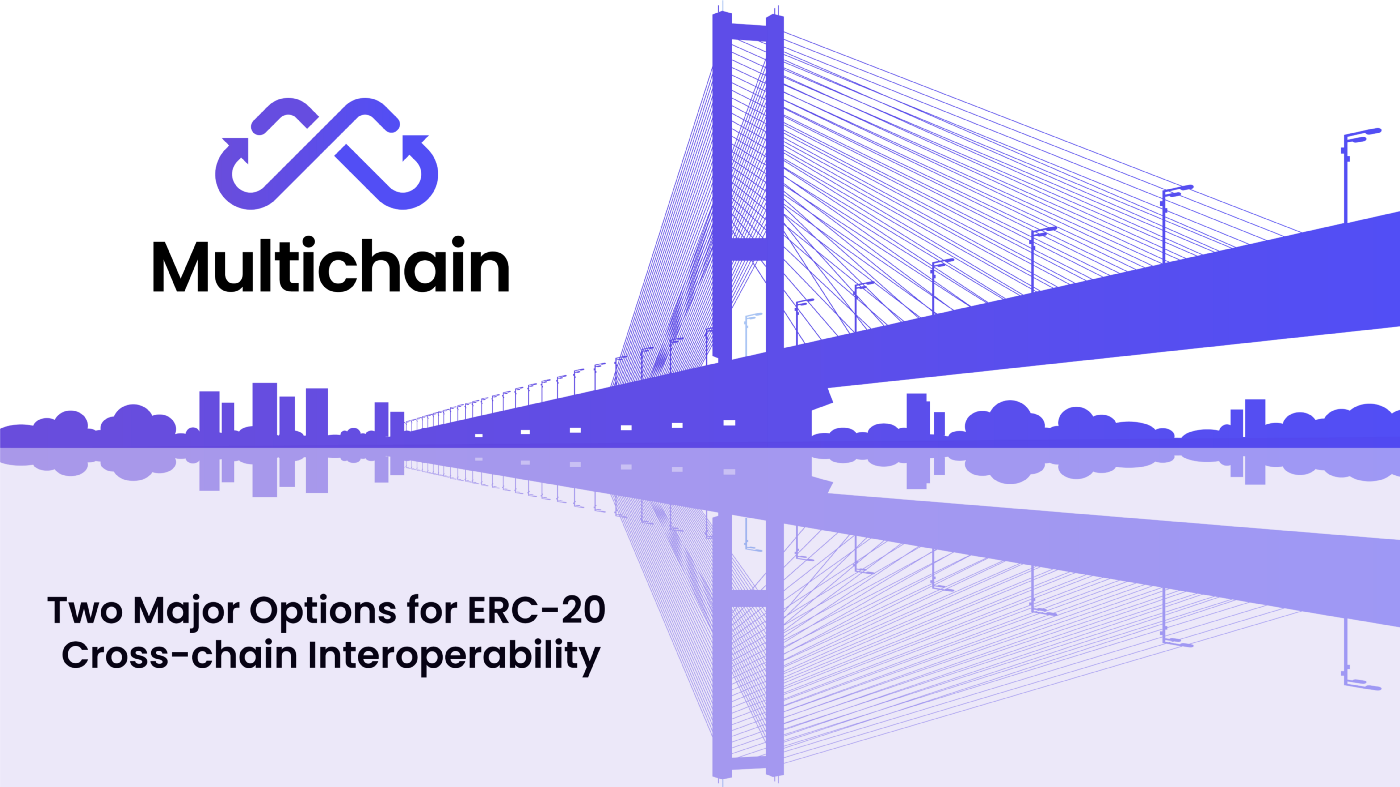Future of blockchain be cross-chain or multi-chain?

Bridges: ‘It’s not about the journey, it’s about the destination’
What comes to mind when you think of a bridge? The open dictionary describes a bridge as “a structure that carries a road, path, railway, etc.
The above description is apt when we are talking about a bridge in the context of blockchain technology. Bridges are essentially a form of transportation and this is no different when talking about how bridges work within the blockchain ecosystem. In a nutshell,Bridge Smart Contract Development Services a blockchain bridge is a form of transportation with blockchains (think of blockchains as countries with their own regulation) as the final destination. Let me elaborate further using an airplane analogy.
All airlines have varying prices and rules, such as baggage limits, depending on the country the plane is traveling to. Similarly, blockchains are independent countries with their own rules and currency, in this case using tokens as currency.
In the same way that someone might choose easyJet over the more expensive Virgin Atlantic, token holders might choose to use different bridges to avoid extremely high gas fees on blockchains like Ethereum , as seen. here . It makes sense. Continuing with the airplane analogy, when a traveler moves from one country to another, or from one blockchain to another, you want all your belongings (in this case, assets) to go with you, for a minimal fee, of course. .
While Buterin acknowledges that the future of blockchain will be multi-chain, the idea that users will be able to move their assets across different blockchains, the way people travel to other countries for vacations, is fraught with complexities. that make it impossible. . For Buterin, bridging technology still contains too many security issues, not to mention the sovereignty of blockchains, which are built separately and naturally come with a different set of protocols and stipulations.
While bridging technology is still evolving, they are far more advanced than Buterin gives them credit for. In his original post, Buterin makes a rather interesting point where he compares using blockchain bridges to moving his personal items from country A to country B, but in order to do so, he must sell everything he owns. It would be like living in the 1700s and having to move everything you own across the country on a wagon. While this is an interesting and entertaining analogy, this is actually not how bridging works.
Pay the bridge toll
Where Buterin gets it wrong and right is on the issue of comparability. As we have already established, bridges are transport to different blockchains that have their own fees and advantages. The costs of using bridges are drastically different, but they take you to whichever blockchain you want to move your asset to.
With the above in mind, let’s examine where Buterin gets it right.
Using the airplane analogy again, when you use a bridge to fly your token or NFT from Ethereum to, say, Polygon, the original NFT or token that you have transported across the bridge will now be different depending on the specifications of the bridge contract that was used. . At the top level it’s a small detail,Cross chain bridge development but sending an NFT into a bridge and then seeing that it’s no longer part of the original collection is a huge faux pas. Returning to the original destination with your NFT will be enormously difficult and you may also lose the benefits your NFT offers as it no longer looks like the original asset.
The other problem is that the bridges must be permitted because people must whitelist specific assets to ensure that they cross the bridge registered as the original asset. However, this invites human error and potential risk, where projects are transported across bridges without the origin contract of the network or blockchain it came from.
There are also different issues with bridges that need a specific amount of liquidity, which mimics the process of funding a pool of LPs on a decentralized exchange (DEX). The caveat is that you must be funding DEX/multi-chain bridging, which is extremely complex and intricate. Due to this challenging aspect, many bridges also function as DEXs.
Operational bridges, therefore, resemble airport security in that each asset needs to be assessed before being allowed to enter the new blockchain or network from the bridge. If security officials did not take this responsibility, bad actors can take advantage and false multi-chain claims can occur.
conclusion
As we have just examined, Buterin is not entirely wrong when he highlights the limitations of bridging technology. Like any new intervention, there are likely to be wrinkles that will need to be ironed out as the technology develops. Blockchain has come a long way from its beginnings when only Bitcoin existed. Back then, many people doubted that blockchain was what it is or where it is today.
And this is where Buterin goes wrong. He assumes that the blockchain will be multi-chain but not cross-chain because bridging technology, in its current form, is not perfect. But when is a new technology fully realized during its early phases? Any piece of revolutionary technology, from the first car to the first iPhone, has gone through several iterations, improving by leaps and bounds with each new development. The first iPhone hardly had any of the myriad features that the latest iPhone has today.
The world feels so much more expansive and accessible because people have the ability to get on a plane and travel to any destination. Like the humble airplane,Build a cross chain bridge bridges will be what makes the world of blockchain feel more expansive and accessible to users and developers.